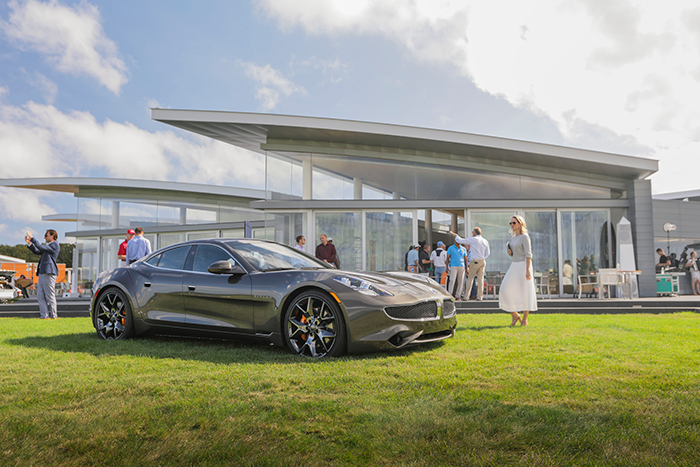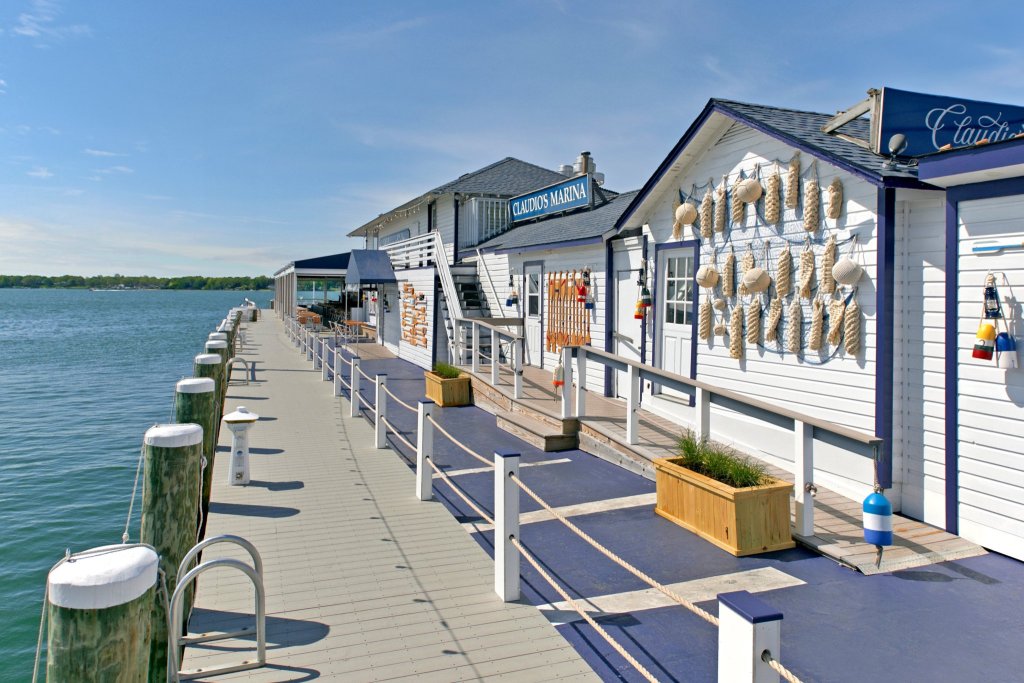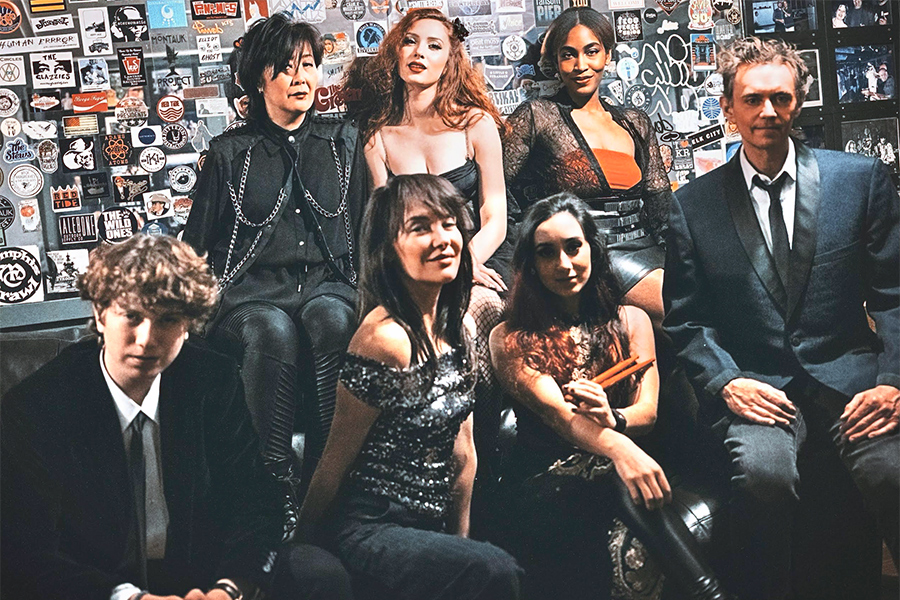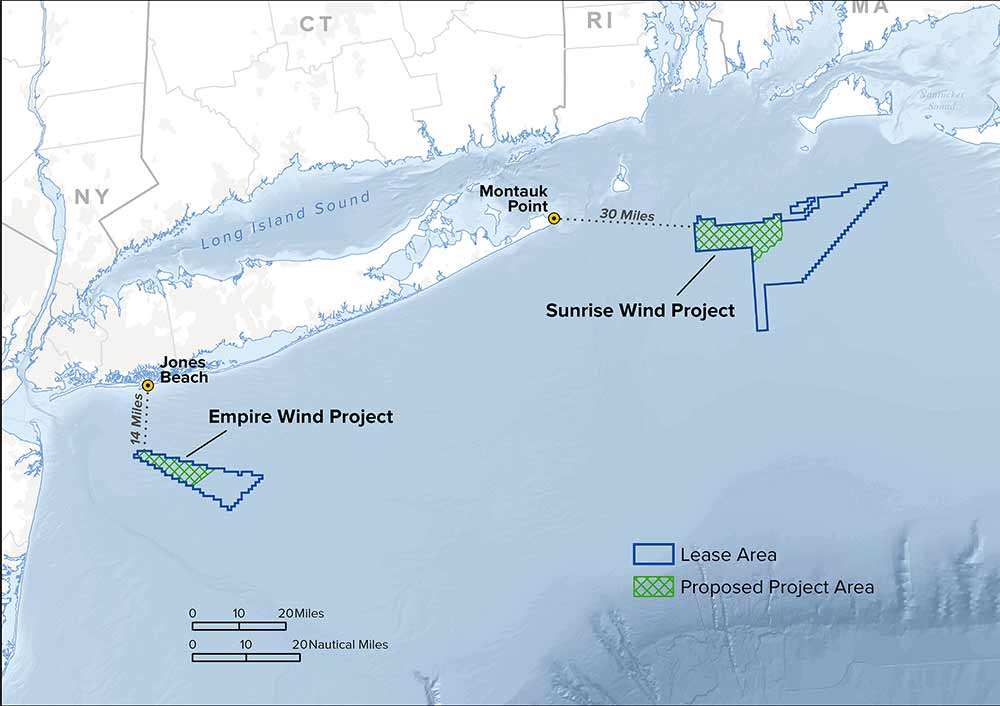Art & Cars: The Bridge Celebrates Heritage as an American Racing Capital

The owners of more than 100 rare and vintage automobiles will roar up to the Bridge golf course on Saturday, September 16, for a private party.
It’s an extraordinary event. And you can’t go unless you are invited. So why am I writing about this here? Because the next day, many of these cars will be driven over to the public field behind the Bridgehampton Museum, where the public is invited to view them before they embark on the trip home.
Some have been brought in from across the country. Many are worth millions of dollars. Some are street ready. Others are legendary race cars.
Perhaps King Leopold of Belgium’s Bugatti 59 will be on display. Perhaps the 1970 Chrysler Francorchamps Hemi Cuda will be on display. Perhaps the Ferrari 312T, which Niki Lauda drove to championships in 1975 and 1977, will be there. Perhaps the Tazio Nuvolari Maserati 8CM or the Grand Prix car from between the world wars will be spotted. These are some of the cars that have belonged to Bob Rubin, a slender, thoughtful former commodities trader. The weekend event—the private party at the club and the public showing at the Museum—is his brainchild.
Rubin owns the golf course. On a sunny day last week, we sat out on the clubhouse patio and looked out at the golfers below and the many curves and straightaways of the old racetrack, which still remain along with billboards from the 1950s, the elevated checkered flag booth and a wooden bridge that went over the racetrack to connect the pits area to where the spectator bleachers once stood. Behind us, inside the super-modern clubhouse, were artifacts, posters and photographs of the racetrack. It is fair to say that the clubhouse and the course are a shrine to Bridgehampton racing. Indeed, the home stretch straightaway leads to the entrance of the clubhouse.
Rubin told me the story of how the Bridge had come to be a golf club.

“In 1981, I bought the race track to save it from destruction,” he said. “I was raised in a blue collar New Jersey suburb where all us teenage boys came to love cars. By the ’70s I’d become a car collector and as part of a Ferrari Club, went out to the Bridgehampton Race Circuit. I loved the excitement of it. But within a few years, the townspeople said they didn’t want the track to continue. It made a lot of noise up in the woods—you could hear it throughout town on race days—and they wanted their peace and quiet. There was still an occasional race, but then I learned a developer by the name of Tom Gill had a plan on the table to convert it to a 114 home-site subdivision.”
Rubin was among many people, including this writer, who fought to allow the Bridgehampton Race Circuit to continue on.
During this time, according to Rubin, he experienced what he called an “unexpected liquidity event.” That is shorthand for having suddenly made a surprisingly large amount of money. As a result, he bought a 10% interest in Gill’s corporation, and then he set out to stop the development. In the end, he bought out Gill, and everyone else (the company, Bridgehampton Road Races Corporation, had over a thousand shareholders). The track was saved. But he found he still couldn’t get the town to keep the racing going. Not even one race a year, even if in the off-season.
Under his ownership, the track did hold Formula Ford races, motorcycle races, and also hosted many marque clubs. At times it leased the track for a racing car school. One day, there was a motocross accident during a race on the track. As it happened, a videotape had been made of that race, and Rubin had a release. It didn’t seem it was the fault of the track. But Rubin’s insurance company had to settle the matter for $900,000.
“All of a sudden I felt exposed,” Rubin said. “It wasn’t so much the fact that I was losing money as that I understood the nature of catastrophic risk.” Something had to be on that property. But it wouldn’t be a racetrack. And it wouldn’t be 114 homes.
In its place, in 1992, he got permission to build a golf course. He had it designed so the fairways and the greens would intermingle with some of the remaining sharp turns and straightaways of the racetrack. He had the clubhouse, designed by architect Roger Ferris, built to look like a wild glass-enclosed racing-car wing. Photographs, paintings (many by Richard Prince), sculptures and artifacts on the walls in the clubhouse are about racing or are from the old racetrack itself. The course is a testament to the golf club. Of course, he called it The Bridge. That’s what everybody called the racetrack.
“This place wouldn’t exist if racers were not such an idiosyncratic bunch,” Rubin said, possibly referring to himself, among others. “Their commitment to racing kept this property together. Without them it would have been another bust.” He also said, after scanning what he had wrought, “I’ve gotten by not doing anything unless I absolutely had to.”
Well, he had to do this.

From our perch on that deck, Rubin pointed out how this upcoming event would array itself through the golf course, at least temporarily and at least in and around the clubhouse. The party will begin at 3 a.m. and end at 7 p.m.
“You’ll park in the lot, walk between the clubhouse and the pro shop on the top of the hill, then walk along this winding path that will extend a quarter of a mile. The cars will be displayed along this walk, in clusters, on either side.”
He pointed. From the side of the clubhouse, it would go down the hill and continue on the grass between the putting green and the practice range, then turn alongside the ninth tee, proceed on the path to the 18th green where the art galleries would be at the end.
“See that billboard there?” he asked me, pointing. It was a 1960s billboard for motor oil, erected for the racetrack, now still visible from the golf course. “We’ll have double wide Lars Fisk–designed shipping containers on the green where the walk ends. Those attending will walk inside and see paintings from six New York art galleries.”
The galleries are Marlborough Contemporary, David Zwirner, Karma, CANADA Gallery, David Kordansky Gallery and Mitchell Innes and Nash.
An exclusive group of members and guests have been invited. The lead sponsor is Richard Mille, the designer of Swiss watches. Other partners include Burgess Yachts, Bell Helicopter, Nicholas Brawer, McLaren, Pagani, Uovo, Sherry-Lehmann, Karma Automotive and NetJets, who will have a full size mock up of a Cessna Latitude on hand.
Racing in Bridgehampton began around 1920, when cars first got fast enough to slide sideways down the dirt roads in the town. The farmers owned them. After the second World War, GIs came home to their families on the East End bringing Austin-Healys and Ferraris and MGs with them, which the French, Italians and English sold cheap for dollars. For five years in the early 1950s, sports car races were held through the winding roads of town. But then a car skidded off into some spectators, killing one. That was the end of that.
As a result, the racetrack was built up in the pine barrens between Bridgehampton and Sag Harbor. Race cars flew around the 14 turns at speeds approaching 200 miles an hour. Jackie Stewart was here. Bill Petty. Bruce McLaren. Dan Gurney. Sterling Moss called it one of the most challenging courses in the United States. Huge crowds came, including this author, whose father first took him when he was 18. There are pictures of these racing cars and their drivers in editions of Dan’s Papers from those years. Until the racing stopped. And in came Rubin.
“I believe there’s a place for an event mixing cars with contemporary art here,” he said.
So who gets to go to Cars and Art at the club?
“If you’re invited, you win,” he said.
The event the next day, Sunday, Cars and Coffee at the Bridgehampton Historical Society on Main Street, is open to the public and is scheduled from 11 a.m. to 3 p.m.



